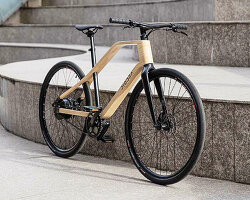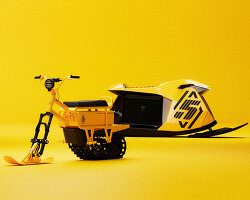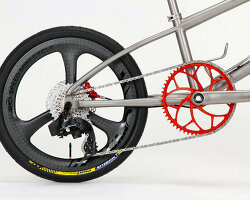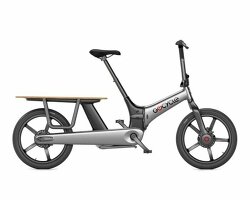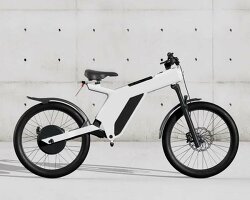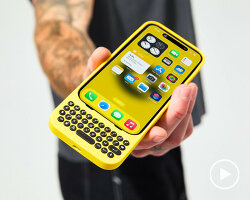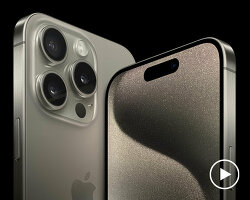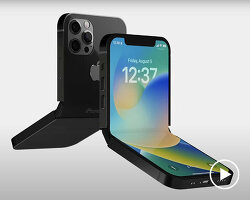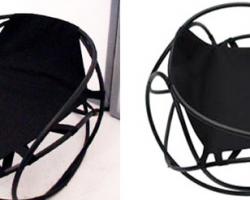KEEP UP WITH OUR DAILY AND WEEKLY NEWSLETTERS
happening now! at milan design week 2024, samsung creates a world where the boundaries between the physical and digital realms blur.
PRODUCT LIBRARY
watch our livestream talk with BMW Design at 19:15 CEST on monday 15 april, featuring alice rawsthorn and holger hampf in conversation.
connections: +300
discover our guide to milan design week 2024, the week in the calendar where the design world converges on the italian city.
connections: 28
'despite dealing with health-related setbacks, gaetano remained positive, playful and ever curious,' pesce's team said in a post confirming his death.
connections: +130
tia thuy nguyen reimagines lady dior as a sculptural artwork that captures light and shadow through transparent quartz crystals.
connections: +250

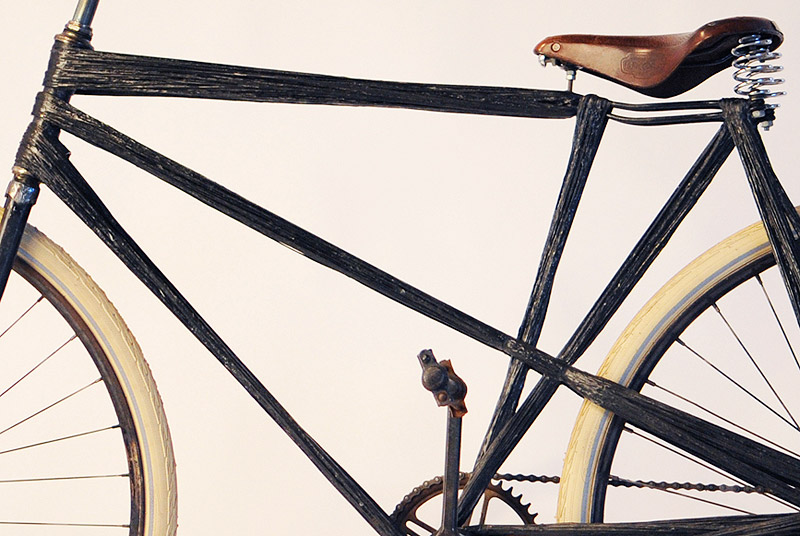 detail of the resin-coated carbon strands
detail of the resin-coated carbon strands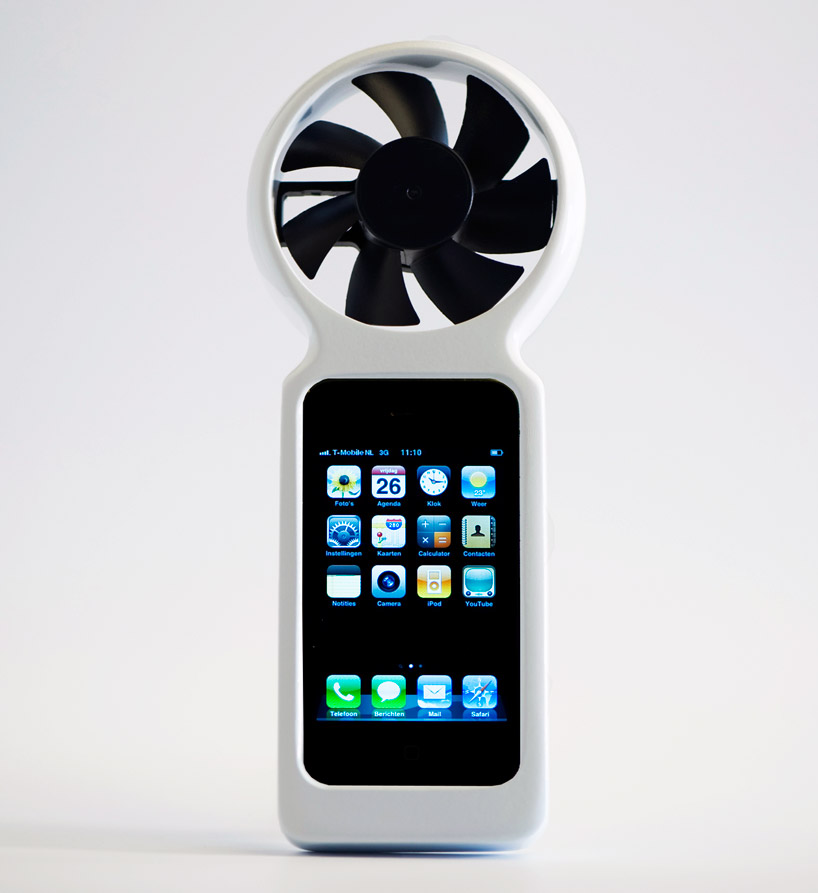 tjeerd veenhoven’s ‘iFan’
tjeerd veenhoven’s ‘iFan’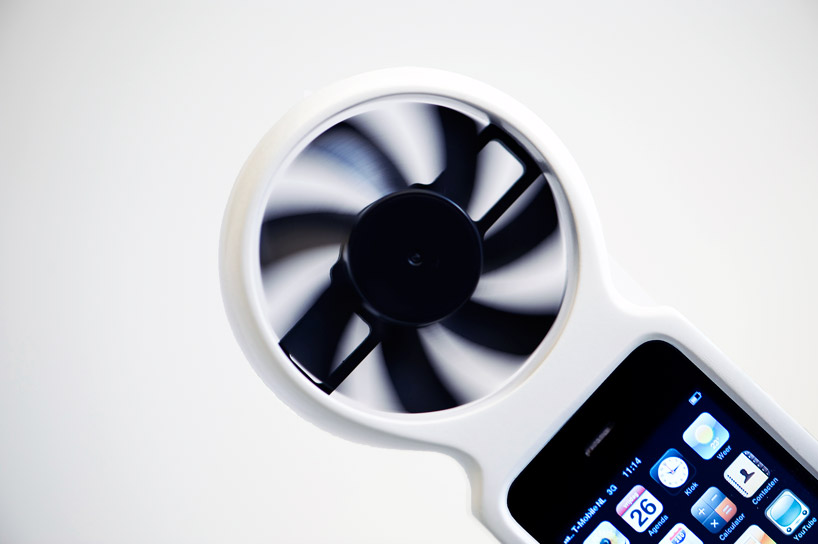 ‘iFan’ in use
‘iFan’ in use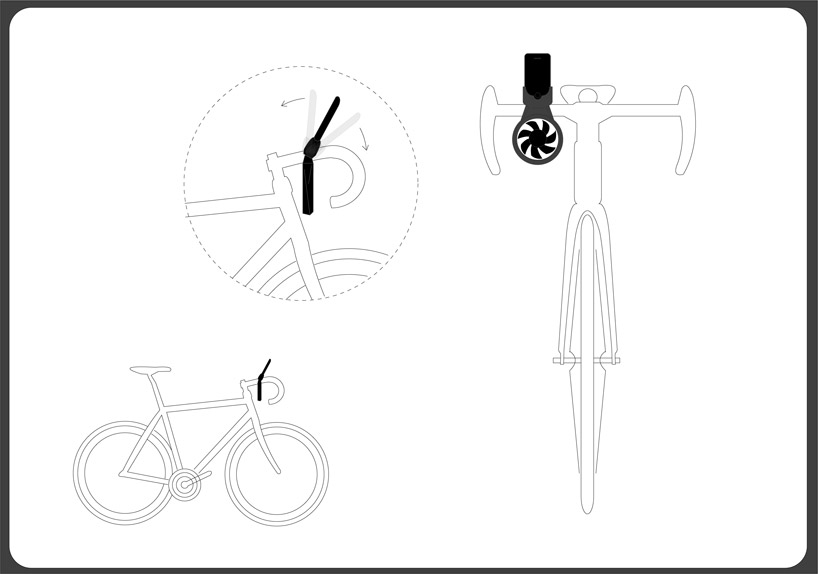 ‘iFan for bike’ design
‘iFan for bike’ design
